Summer in Japan probably isn’t the best time of the year. Aside from warm temperatures, high humidity levels make going out almost unbearable. Yet the Japanese have created several ingenious ways to keep themselves cool, and often, this involves heading out for a refreshing and tasty treat.
In Japanese cuisine, there are several dishes that can help bring down the temperature as well as satisfy your craving for something flavourful. We’ll take a look at some of them today!
1) Zaru/Mori Soba (Cold Soba)
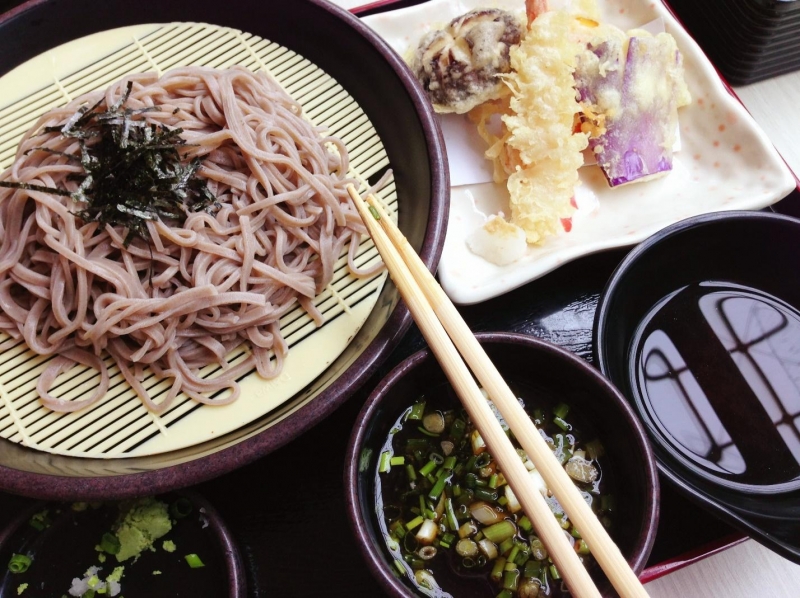
Image credit: Karl Baron
Probably the first thing that comes to mind when cold Japanese dishes are mentioned, Cold Soba is both filling and refreshing. While historically, Zaru and Mori Soba are different from each other, today Zaru Soba is easily differentiated by the Nori that is sprinkled on top of it. The amount of buckwheat flour used in the noodles (along with wheat) also changes its texture and tenacity, with Ju-wari Soba being made entirely with buckwheat flour. Other variations of the noodles include cha soba (green tea flavoured) and ume soba (plum flavoured).
The noodles are usually served on a bamboo tray, known as a Zaru, together with a bowl of sauce (Tsuyu) to dip the cold noodles in. This dish will surely take your mind off the heat without you having to splurge.
2) Hiyashi Chūka (Cold Ramen)
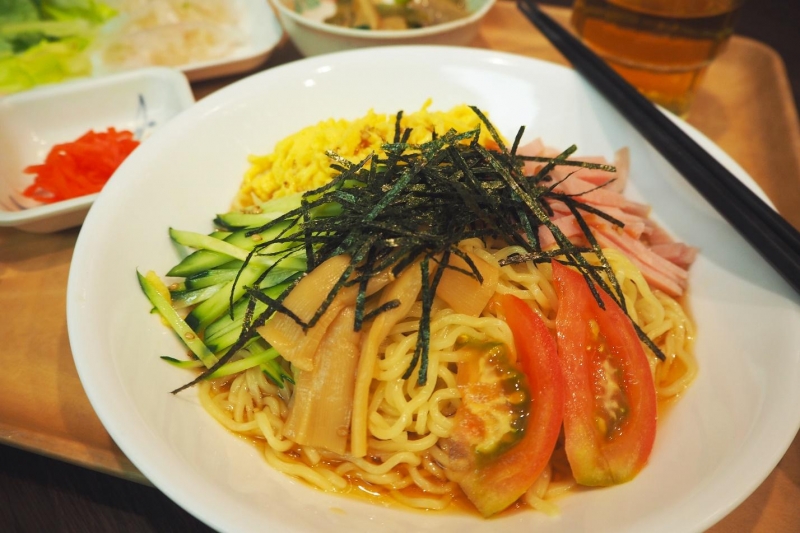
Not to be outdone, Chūka soba (ramen noodles) has its cold version, too. The major difference, however, is that Reimen is served with a variety of shredded meats and vegetables, making it not only satisfying for the hungry soul but also pretty to look at.
In the typical version of this dish, the noodles are served in a sour vinegar sauce that compliments the refreshing cool of the noodles. The noodles can also be served dry and accompanied with a bowl of dipping sauce or soup in other versions. Although it could cost 600 to 700 yen at Chinese chain restaurants, this dish is definitely worth it.
3) Nagashi Sōmen
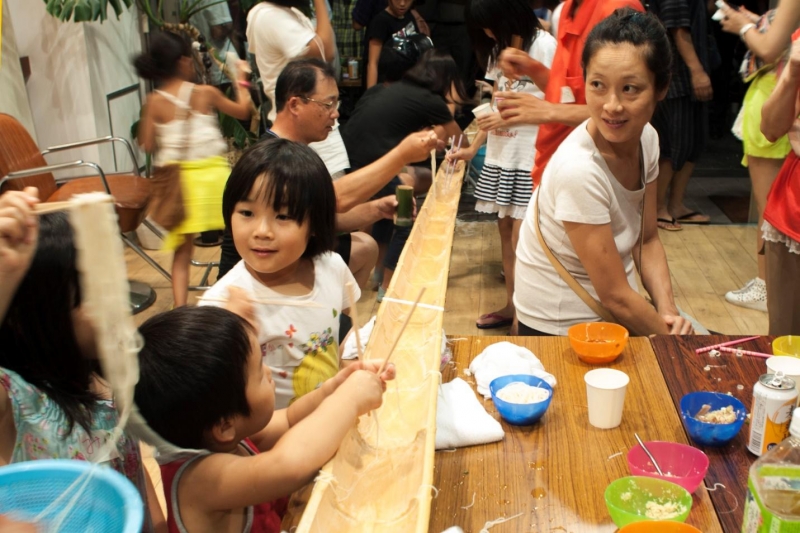
Image Credit: Manabu Itoh
Another cold noodle dish, Nagashi Sōmen are thin wheat noodles typically eaten with Tsuyu like cold soba. However, this dish makes use of cold water flowing down either a long bamboo shaft, a stream, or a machine (which are used in homes).
The idea is to catch the noodles with a pair of chopsticks as they flow down the water, making eating this dish not only refreshing but also a fun activity and experience. It’s definitely a hit with the children who like having fun during mealtime.
4) Kakigori
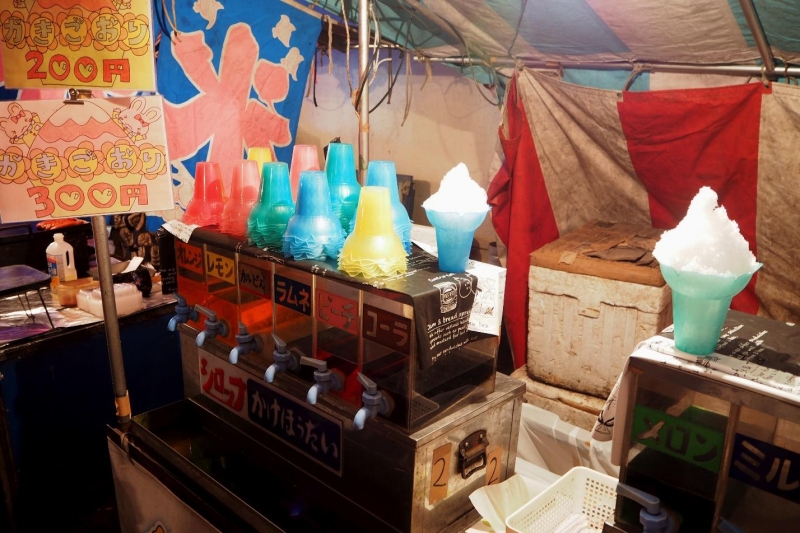
What better way to combat the heat than with ice? Well, what about flavoured ice? One of the typical foods of any matsuri, Kakigori is also readily sold in restaurants and eateries that hang a small flag or banner outside with the Kanji “氷”.
Reminiscent of shaved ice desserts from other countries like the Korean Bingsu and the Malaysian Ice Kachang, those with a sweet tooth will love this simple, icy delicacy. It effectively quenches your thirst and helps you cope with the summer heat. Besides the traditional way of serving it with a variety of flavoured syrup, eateries have even taken this snack to a different level by adding a wide range of ingredients.
5) Ice cream
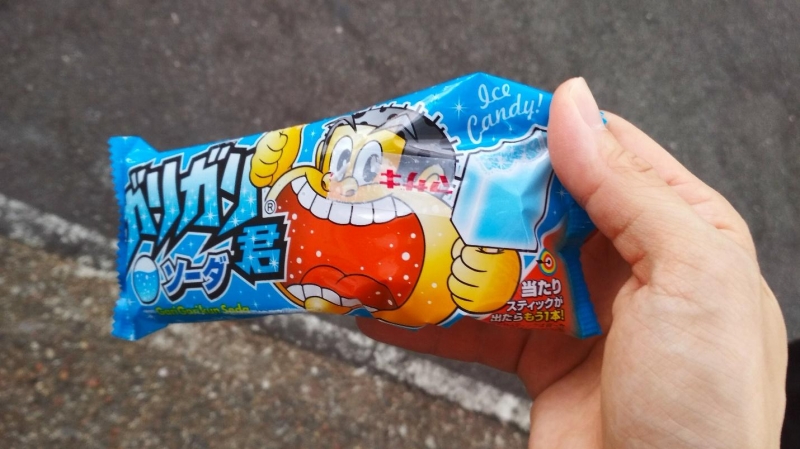
Gari Gari Kun — an awesome soda-flavoured popsicle that only costs 75 yen, with a chance to win another!
Want more than just shaved ice? Ice cream is widely available in a variety of forms and is really popular in Japan — it’s even a bestseller in the winter! There are popsicles, sorbets, cones, cups, parfaits, and just about any kind of cool dessert. You can satisfy your sweet tooth while cooling down with one of these on the streets or in a restaurant. You can even stock up and bring them where you’re staying!
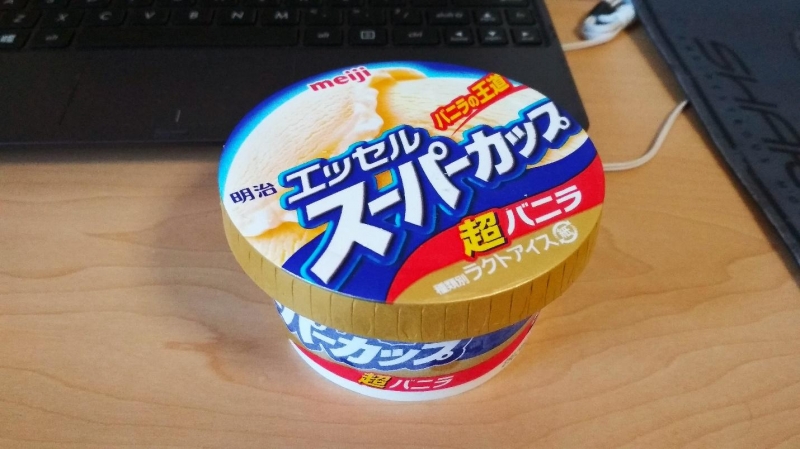
This isn’t exactly ice cream, but “lacto ice”.
You may notice when buying ice cream that some of them are called Ice Milk and ‘Rakuto’ (Lacto) Ice instead. You can often find this on the back of the packaging where the item description is. This is dependent on the amount of milk used in the product, with Lacto Ice having the least (or none at all), and ice cream having the most milk in it. Therefore, Lacto Ice may make use of other oils to make it soft, such as vegetable oil.
6) Soda/Ramune
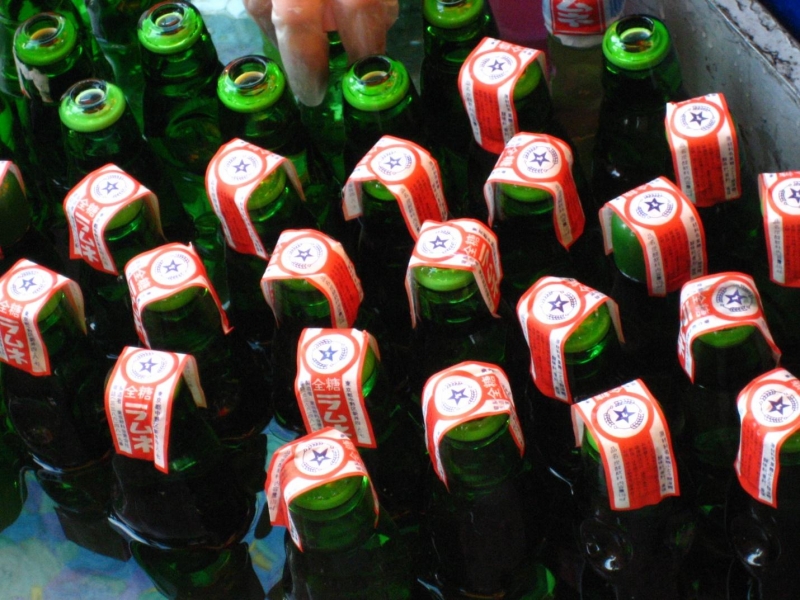
Image Credit: Austin Keys
With the number of vending machines and konbinis around in Japan, you’re never too far away from a refreshing can of soda to quench your thirst. Carbonated lemon drinks such as Kirin Lemon and Mets+ Lemon Squash are an effective way to keep hydrated and put a little sugar in your system. They’re mostly made of sweetened carbonated water with a dash of lemon. The fizz levels are also sure to give you a kick amidst summer drowsiness.
Another classic of the matsuri, Ramune can also be found in shops and supermarkets, and even in gift shops where unique flavours such as curry and soy sauce are well-stocked. Drinking out of a chilled bottle is sure to help quench your thirst, while the constant rattle of the marble against the bottleneck adds to the appeal of this iconic Japanese soda.
There’s definitely more than one way (or dish!) to keep yourself cool in the crazy summer heat, ranging from the expensive (think Japanese watermelons) to the cheap (munching on some ice cubes). Given the innovativeness of the Japanese, there’s no knowing what other new method of staying cool is just around the corner.
Also read: 10 Alternative Eats to Try in Japan for the Curious Foodie






